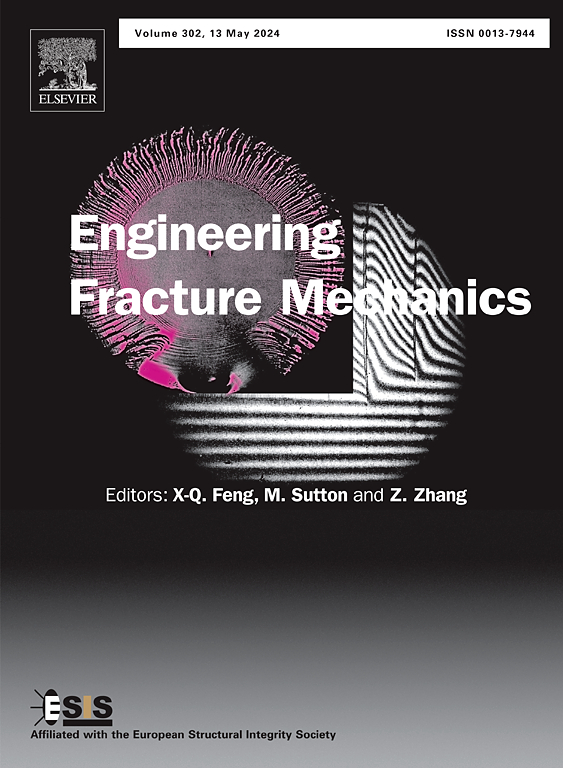Analysis of sensitivity factors on CJB mechanical behavior from specimen scale to engineering scale
IF 4.7
2区 工程技术
Q1 MECHANICS
引用次数: 0
Abstract
The mechanical behaviors of columnar jointed basalts (CJBs) are affected by various sensitivity factors and show significant cross-scale differences. Employing the representative models ranging from individual CJB specimens to tunnels, the sensitivity factors including joint mechanical characteristics, mesoscopic rock constitutive relations, and model boundaries are meticulously considered. Combined with digital image correlation, these models are rigorously tested against the meso-damage mechanics, statistical strength theory, and continuum mechanics. Subsequently, a comprehensive examination ensues, delving into the spectrum of influencing factors, fracture mechanisms, and sensitivity analyses of CJBs. Notably, it emerges that the mechanical anisotropy of CJB specimens is most susceptible to boundary condition, while joint mechanical property is more sensitive than mesoscopic rock constitutive relation. Furthermore, the specimen height-width ratio exhibits relative insensitivity, whereas the excavation stage is relatively sensitive for CJB tunnel. The proportional distance of subsidiary joint set manifests a lesser impact compared to the other parameters. Besides, from specimen scale to tunnel scale, the sensitive factor rankings on the mechanical behavior of related models are summarized. These achievements not only enhance our understanding of cross-scale CJB mechanics but also provide crucial knowledge for experimental setup, engineering design, and lifecycle management of CJB-involved projects.
求助全文
约1分钟内获得全文
求助全文
来源期刊
CiteScore
8.70
自引率
13.00%
发文量
606
审稿时长
74 days
期刊介绍:
EFM covers a broad range of topics in fracture mechanics to be of interest and use to both researchers and practitioners. Contributions are welcome which address the fracture behavior of conventional engineering material systems as well as newly emerging material systems. Contributions on developments in the areas of mechanics and materials science strongly related to fracture mechanics are also welcome. Papers on fatigue are welcome if they treat the fatigue process using the methods of fracture mechanics.

 求助内容:
求助内容: 应助结果提醒方式:
应助结果提醒方式:


